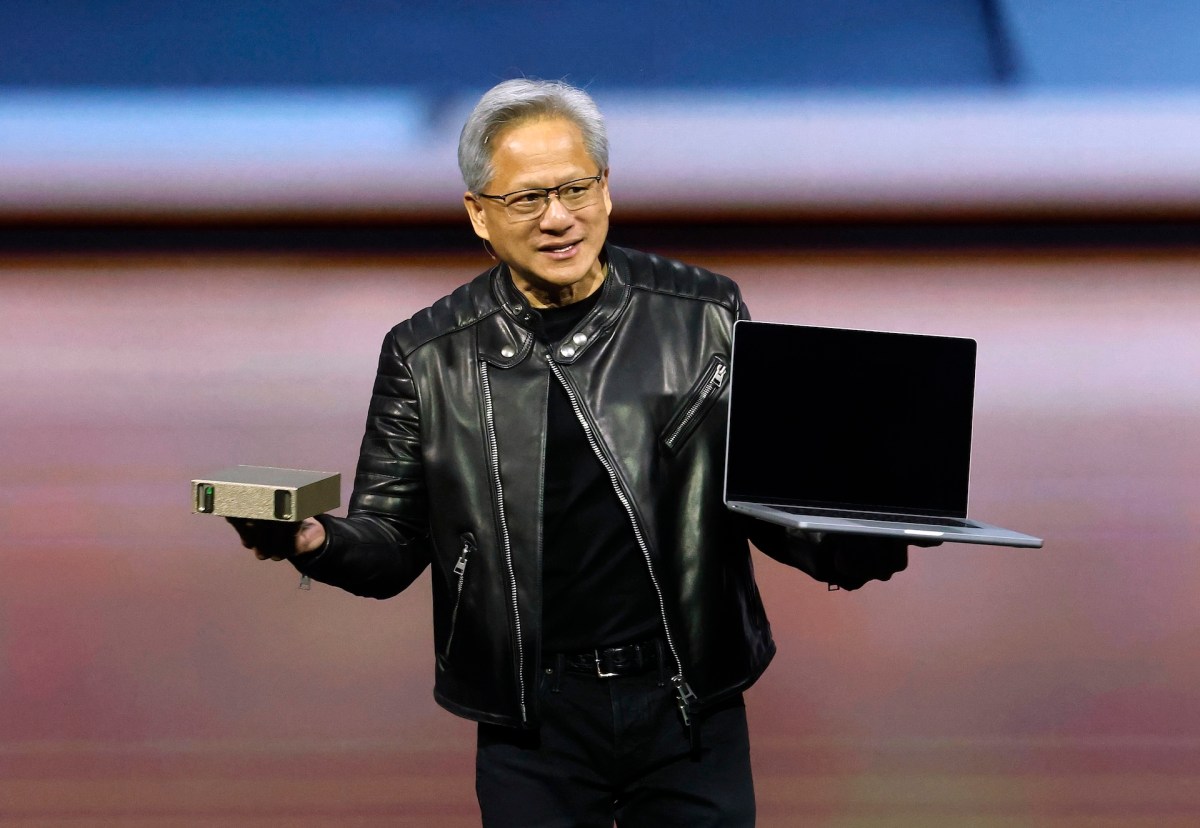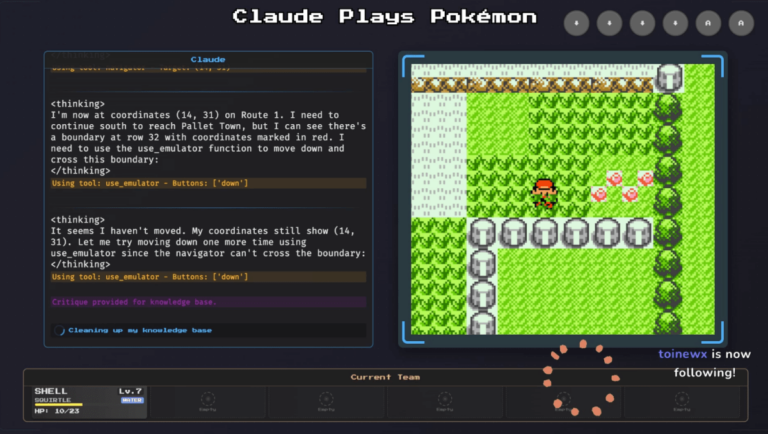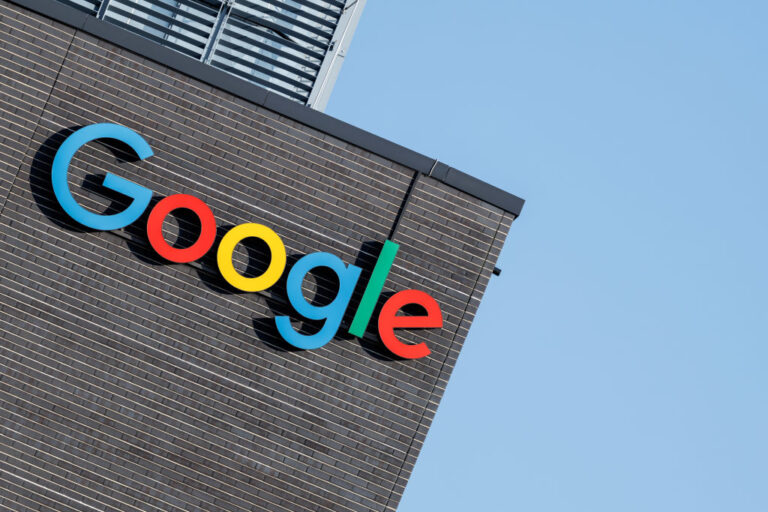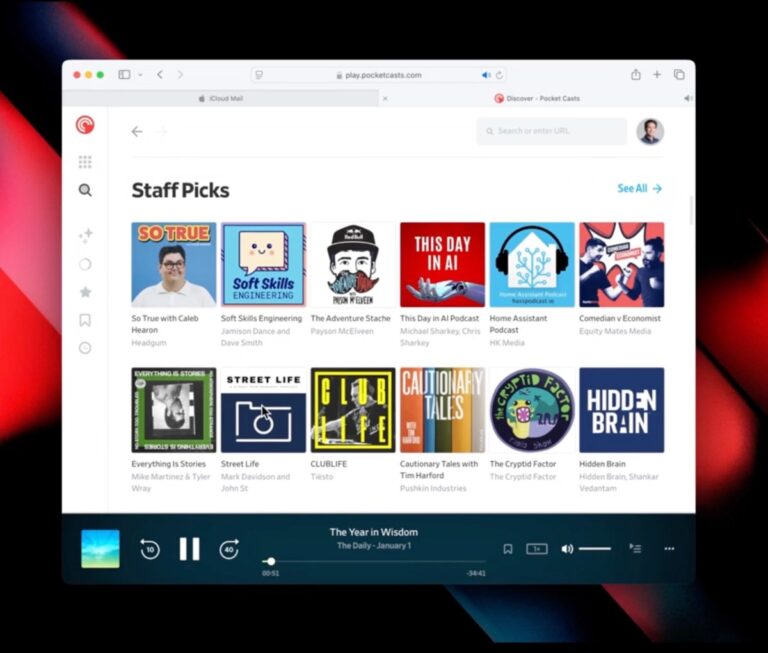Despite GTC Optimism, Nvidia Faces Growing Challenges Ahead
Nvidia made a significant impact at this year’s GPU Technology Conference (GTC) in San Jose, attracting a record-breaking 25,000 attendees to the San Jose Convention Center and other venues downtown. The event was marked by crowded workshops, engaging talks, and interactive panels, with many participants having to find unconventional spots to sit or stand due to overwhelming turnout.
The Current Landscape of Nvidia in the AI Industry
As a leader in the AI technology sector, Nvidia boasts impressive financials and profit margins, finding itself without serious competition for the time being. However, the upcoming months pose significant challenges, including potential U.S. tariffs, competition from emerging AI players like DeepSeek, and shifting priorities among major AI customers.
Nvidia’s Show of Confidence at GTC 2025
During a high-energy keynote at GTC 2025, Nvidia CEO Jensen Huang unveiled an array of innovative products, including powerful new chips and personal “supercomputers.” His presentation aimed to reassure both attendees and investors who have been concerned about Nvidia’s stock performance.
Huang emphasized the potential for savings with bulk purchases, stating, “The more you buy, the more you save. It’s even better than that. Now, the more you buy, the more you make.”
Understanding the Inference Boom and Future Demand
Nvidia’s main goal at GTC was to demonstrate that demand for its chips will continue to thrive. Huang argued that the prevailing notion about traditional AI scaling becoming obsolete is misguided. Despite concerns raised by DeepSeek and its efficient R1 reasoning model, Huang maintained that the demand for Nvidia’s chips will actually increase.
Next-Generation GPUs
During his keynote, Huang showcased the next generation of Vera Rubin GPUs, which are expected to perform AI model inference at double the speed of Nvidia’s current best, the Blackwell chip.
- Emerging competitors like Cerebras and Groq are developing low-cost inference hardware.
- Cloud providers such as Amazon Web Services (AWS), Google, and Microsoft are creating custom chips for AI tasks.
Investors reacted cautiously to Huang’s presentation, resulting in a 4% dip in Nvidia’s share price, possibly due to unmet expectations for groundbreaking announcements.
Addressing Tariff Concerns
At GTC 2025, Nvidia also sought to alleviate fears regarding potential tariffs. Huang noted that the U.S. has not imposed tariffs on Taiwan, where Nvidia sources most of its chips. He claimed that while short-term impacts would be minimal, the long-term economic effects remain uncertain.
In response to the current political climate, Huang pledged to invest hundreds of billions in U.S. manufacturing, which could diversify Nvidia’s supply chain but also increase operational costs.
Expanding into New Markets
Nvidia is actively exploring new business avenues outside its core chip offerings. At GTC, the company highlighted its new initiatives in the quantum computing sector. Huang expressed regret to CEOs of major quantum firms for earlier comments suggesting limited short-term utility of quantum technology.
Nvidia announced the opening of a new center in Boston, named NVAQC, aimed at advancing quantum computing through collaborations with leading hardware and software providers. This center will utilize Nvidia chips to assist researchers in simulating quantum systems and developing models for quantum error correction.
The Future of Personal AI Supercomputers
Looking ahead, Nvidia is betting on the success of its “personal AI supercomputers” as new revenue streams. The company introduced DGX Spark and DGX Station, which allow users to prototype and run AI models efficiently. Although these systems come with a hefty price tag, Huang confidently labeled them as the future of personal computing.
“This is the computer of the age of AI,” Huang declared. “This is what computers should look like, and this is what computers will run in the future.”
As Nvidia continues to innovate and adapt, it remains to be seen whether customers will embrace these new technological advancements.
For more on Nvidia’s latest developments, explore our related articles on Nvidia Technology News and the future of AI technologies.







